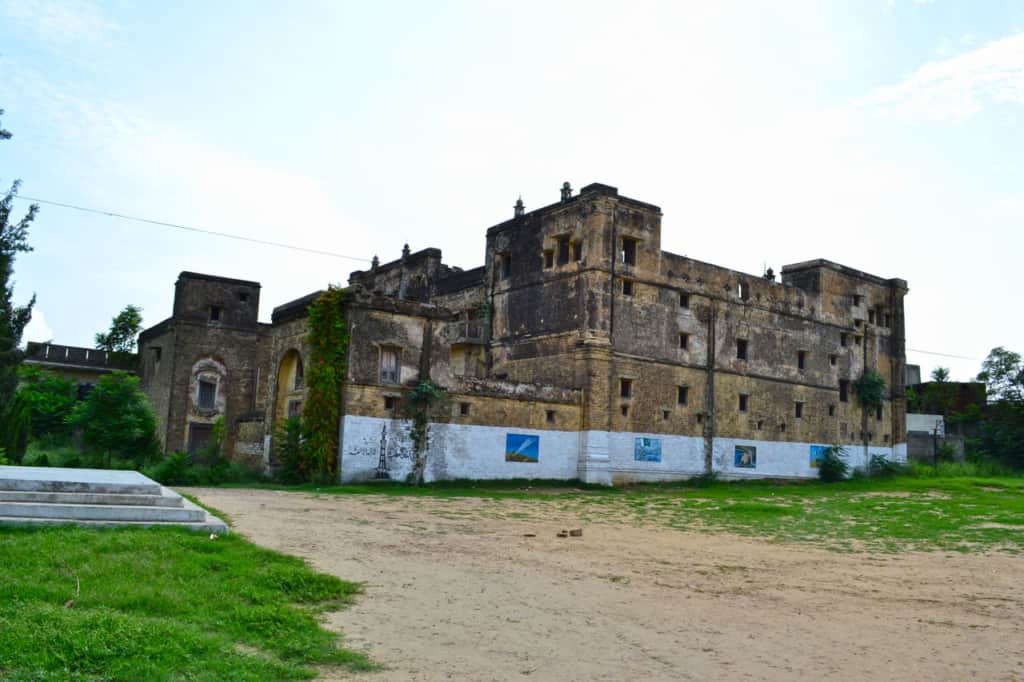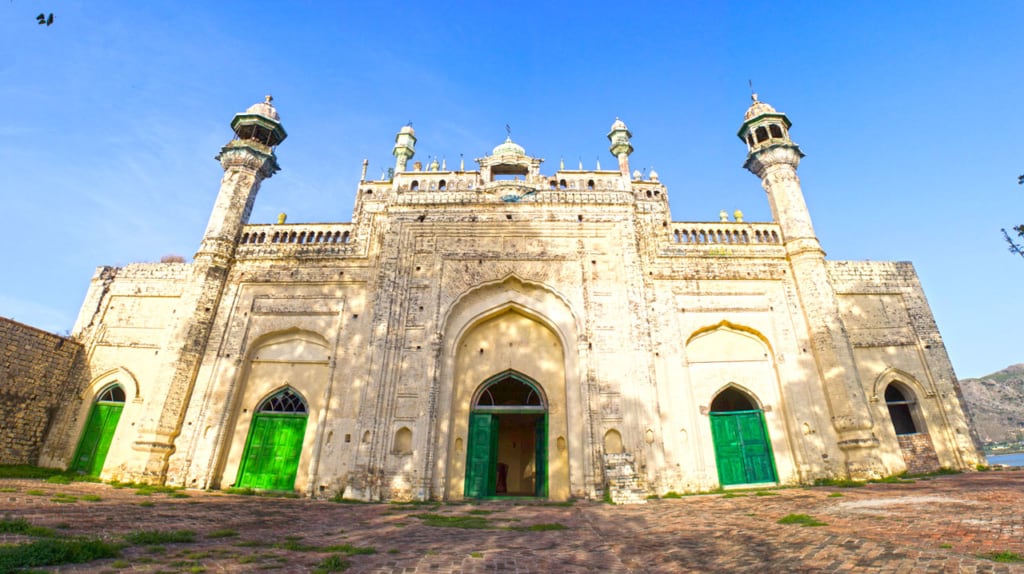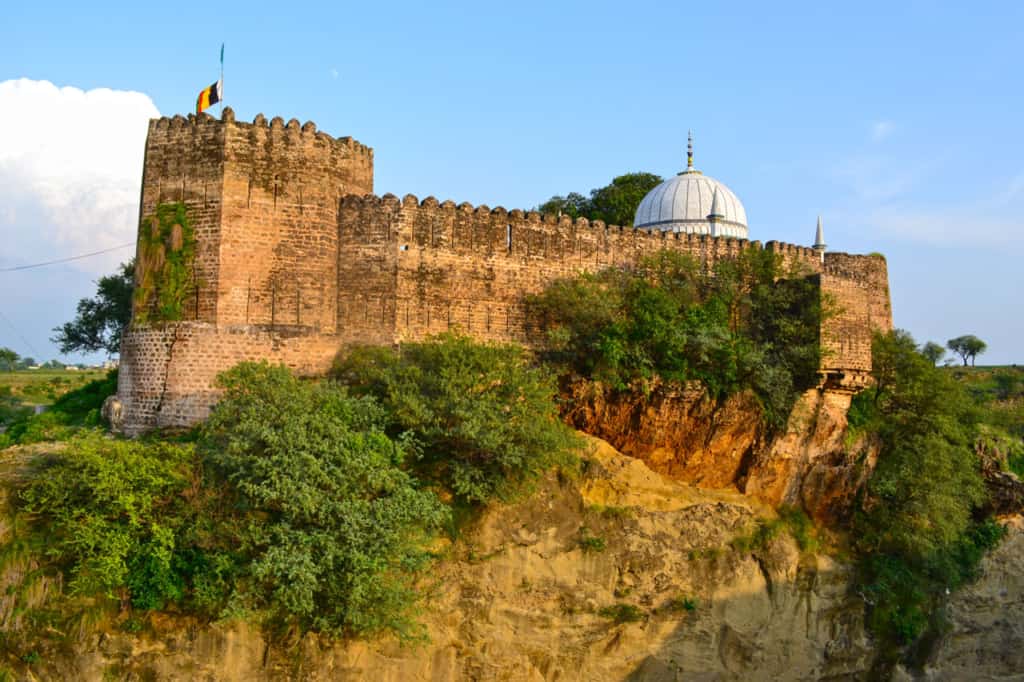Gujar Khan is a tiny city in Pakistan that may be explored in a single day. It benefits from natural resources such as petroleum and gas, and its population of roughly 75000 people is fast expanding.
In this city, there aren’t many activities to do or places to visit. In addition, because it is a tiny town, there are fewer lodging possibilities. People generally contemplate stopping here on their way to adjacent cities. You may stop here for a quick bite and a rest from your travels.
Check out the list of places in and around Gujar Khan to learn about the best things to do in these areas. So, the next time you’re in Gujar Khan, you may choose which adjacent city to visit for an unforgettable trip.
But first, let’s discuss…
Location of Gujar Khan City
Gujar Khan is roughly 55 kilometers southeast of Islamabad, Pakistan’s capital, and 220 kilometers north-west of Lahore, Punjab’s city. Gujar Khan is bordered to the north by Rawalpindi, Islamabad, and Attock, to the south by Jhelum, Lahore, and Gujrat, to the east by Azad Kashmir and Kahuta, and to the west by Chakwal and Khushab.
Gujar Khan is located in the Pothohar cultural zone. Gujar Khan is located two kilometers from the Dohngi Dam and around 35 kilometers from the considerably bigger Mangla Dam.
Popular attractions in and around Gujar Khan City
Sangni Fort is a fort erected on the boundaries of Gujar Khan and Kashmir by the Maharaja of Punjab. It is located on a high rock on the route to Bewal through Daryala, with just one approach.
It is next to Barra Dari, a housing development containing two ancient sites. Dhandgali Bridge is an antique wooden and rope bridge. It is a significant tourist attraction. Furthermore, Lakhtala is a rocky place with devout people’s tombs. Let’s discuss some of them in details.
1. Bedi Mahal
The Bedi Mahal, also known as “Babay da Mahal (The Old Man’s Palace),” is a stunning Sikh house erected by notable Sikh merchant and community leader, Baba Khem Singh Bedi. The mansion is in pretty good shape, with mysteries of its former splendor still concealed behind its walls.

Though there is no specific date for its creation, the Bedi Mahal is said to have been built in the 1850s. It was built mostly of sandstone and plastered with lime surkhi (burnt clay). Artists and masons from the adjacent town of Attock were commissioned to create beautiful paintings and carvings for this four-story, 84-room structure.
Aside from the remarkable interior design, there was an orchard, a stable, and a small zoo of exotic animals. A panoramic view of Kallar Syedan could be seen from the top of the skyscraper.
People have gone to social media to rally behind the cause of saving the Bedi Mahal and its majestic architecture from utter dilapidation as the Rawalpindi Development Authority (RDA) has begun to take on the role of historic protection.
The legacy of Baba Khem Singh Bedi is undoubtedly extensive and convoluted, but the architecture and wall frescoes of the palace may prove useful in future research of how cultures and faiths have peacefully coexisted in the Potohar Plateau for millennia.
2. Masjid Rajgan, Bagnoter
The Masjid Rajgan is another tourist attraction in Khanpur, Pakistan. This masjid, which is almost 140 years old, is still standing to tell its story. It has been through many hardships over the years, and its majesty may have reduced, but its architecture and design, as well as the art and spirituality that was witnessed here, make it incredibly noteworthy.

Raja Sultan Jehandad Khan constructed it in 1872. The building was built with bricks and black stones, while the wood for the doors and cupboards came specifically from Leepa Valley.
Artists were summoned from Delhi, and as a result, the mosque incorporates all of the basic elements of Islamic design. Its significance can be grasped by viewing copies created in neighboring nations.
3. Sangni Fort
The Sikh Period is thought to have begun in the late 18th or early 19th century. The magnificent fort served as a regional bastion, with the goal of increasing authority over the area and increasing tax collection. A little hill stream runs on three sides of the structure and is typically dry during the year. The fort is in remarkably decent shape.

The fort was most likely constructed during the Sikh period (1799–1849). In 1814, Sandhawalia Jat king Maharaja Ranjit Singh took over this region. It was created to keep control of the region and to make tax collection easier.
The British included this territory into Bewal. The fort gradually lost its significance and faded into obscurity. The custodians of an inconspicuous temple nearby relocated the shrine to this fort. The fort is in fair shape, with unbroken walls, but the interior has been renovated and ornamented due to the presence of Sahibzada Abdul Hakeem’s mausoleum.
Natural Resources in Gujar Khan City
Large oil and gas deposits were discovered in February 2002 near Tobra, around ten kilometers from Gujar Khan. The Oil and Gas Development Company is developing the field. The field has the potential to produce 1,600 barrels of crude oil per day.
The Ahdi oil and gas field (Mastala) is located approximately 30 kilometers from Gujar Khan, near Daultala town, and is managed by Pakistan Petroleum. Huge oil and gas deposits have been discovered in the Missa oil and gas field, 5 kilometers from Gujar Khan, according to the Oil and Gas Development Company.
According to authorities, the find was made during drilling at well no. 3 of the Missa Kaswal oil and gas field near Tobra. The field has the potential to produce 1,600 barrels of crude oil per day. OGDCL is now looking for new natural resources in other regions of Gujar Khan.
Housing and Living in Gujar Khan City
The lifestyle in Gujar Khan is pretty much same as other developed areas of Pakistan. Recently, we have seen a rising trend of gated housing societies in Gujar Khan. One of the upcoming housing societies is New Metro City. New Metro City Gujar Khan/Rawalpindi is a model and extravagant project from BSM Developers. Following the enormous popular approval of Gwader Golf City, BSM Developers will develop a new housing society to suit public demand. The goal of this housing society is to provide people with the opportunity to live a royal lifestyle; Bahria Town and Gawadar Golf City are two examples of similar living standards; and, most importantly, to compete with housing societies that raise funds under the guise of development but deliver nothing.
The main avenue of New Metro City Gujar Khan will be carpeted and 250 feet wide. The major boulevard should have ample room because it is the primary thoroughfare coming to the housing society.
Many housing complexes feature a large main boulevard, but the streets themselves get more tiny as you move deeper into the complex. New Metro City Gujar Khan, on the other hand, has streets that are 40 feet wide, allowing you to park in front of your house without taking up too much road space.






